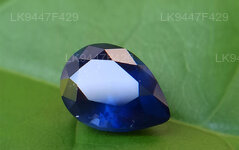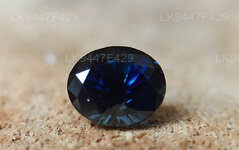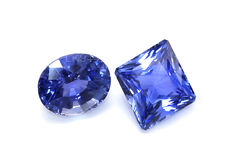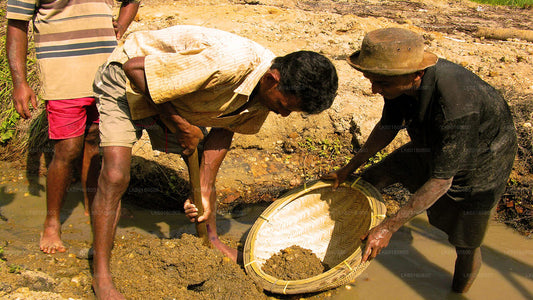
Gems
Sri Lanka’s gem industry has a very long and colorful history. Sri Lanka was affectionately known as Ratna-Dweepa which means Gem Island. The name is a reflection of its natural wealth. Marco Polo wrote that the island had the best sapphires, topazes, amethysts, and other gems in the world.
Sapphire
The Gem industry in Sri Lanka (also known as Ceylon, Serendib, etc..) has been in existence for over 2500 years. Some of the rarest of gem stones of exquisite beauty have taken pride of place, in the Crown jewels of Kings and Queens from time of Great Roamn Emperors.
- Varieties: Coloured varieties, star sapphire, alexandrite-like sapphire.
- Sources: Sri Lanka, Kashmir (India), Burma, Thailand, Australia, Tanzania, Kenya, Montana, Madagascar.
- Toughness: Excellent, except in laminated or fractured stones.
- Precautions: Sapphires may fade if heated
- Treatments: Sapphires can be x-rayed to intensify their colour. Natural sapphires undergo heat and diffusion treatments in Thailand. With the first method, sapphires with latent chemical components for good colour are “ripened” to a desirable colour through heating. In diffusion treatment, sapphires that lack the components for good colour are placed in a bath of colouring oxides that penetrate the outer layers of the stone. Treatment of blue stones is permanent.
- History: According to an ancient Persian legend, the earth rested on a great sapphire whose reflection was seen in the sky. The stone also appears in the Promethean legend. Prometheus was chained to a rock by Zeus for having stolen fire from the gods. After being rescued by Hercules, a link of the chain remained on his finger, and attached to it was a piece of rock. Zeus agreed to grant Prometheus his freedom if he wore the link as a reminder of his sin. Later a ring set with a sapphire replaced the link and stone. Sapphire symbolizes truth, sincerity and constancy. It was believed to protect the wearer against capture by an enemy, and to win the favour of princesses. It also protected against poison. It was said that if a poisonous snake were put in a vessel with a sapphire, the rays from the gem would kill it. The name sapphire originally comes from Sanskrit. It became sappheiros in Greek, meaning blue. Before the value of sapphire was known to them, villages in the Zanzkar mountains of Kashmir (India) used the gem as a flint to start fires.
- Cuts & Uses: Faceted and en cabochon, usually mixed cut, beads, carved (poor quality). Synthetic sapphire is used in watches, precision instruments and electronic equipment.
Explore Gem Mines
-
Explore Gem Mines in Ratnapura from Negombo
Regular price From $88.00 USDRegular priceUnit price / per -
Explore Gem Mines in Ratnapura from Colombo
Regular price From $123.13 USDRegular priceUnit price / per$132.60 USDSale price From $123.13 USDSale -
Explore Gem Mines in Rathnapura from Kalutara
Regular price From $152.92 USDRegular priceUnit price / per$191.15 USDSale price From $152.92 USDSale -
Explore Gem Mines in Ratnapura from Mount Lavinia
Regular price From $178.20 USDRegular priceUnit price / per$222.75 USDSale price From $178.20 USDSale
Services of Lakpura LLC
NaN
/
of
-Infinity






























